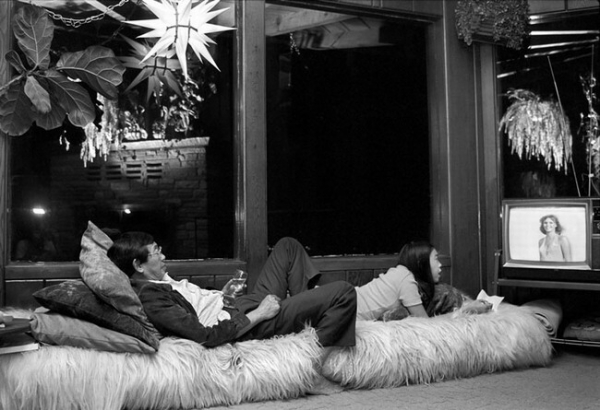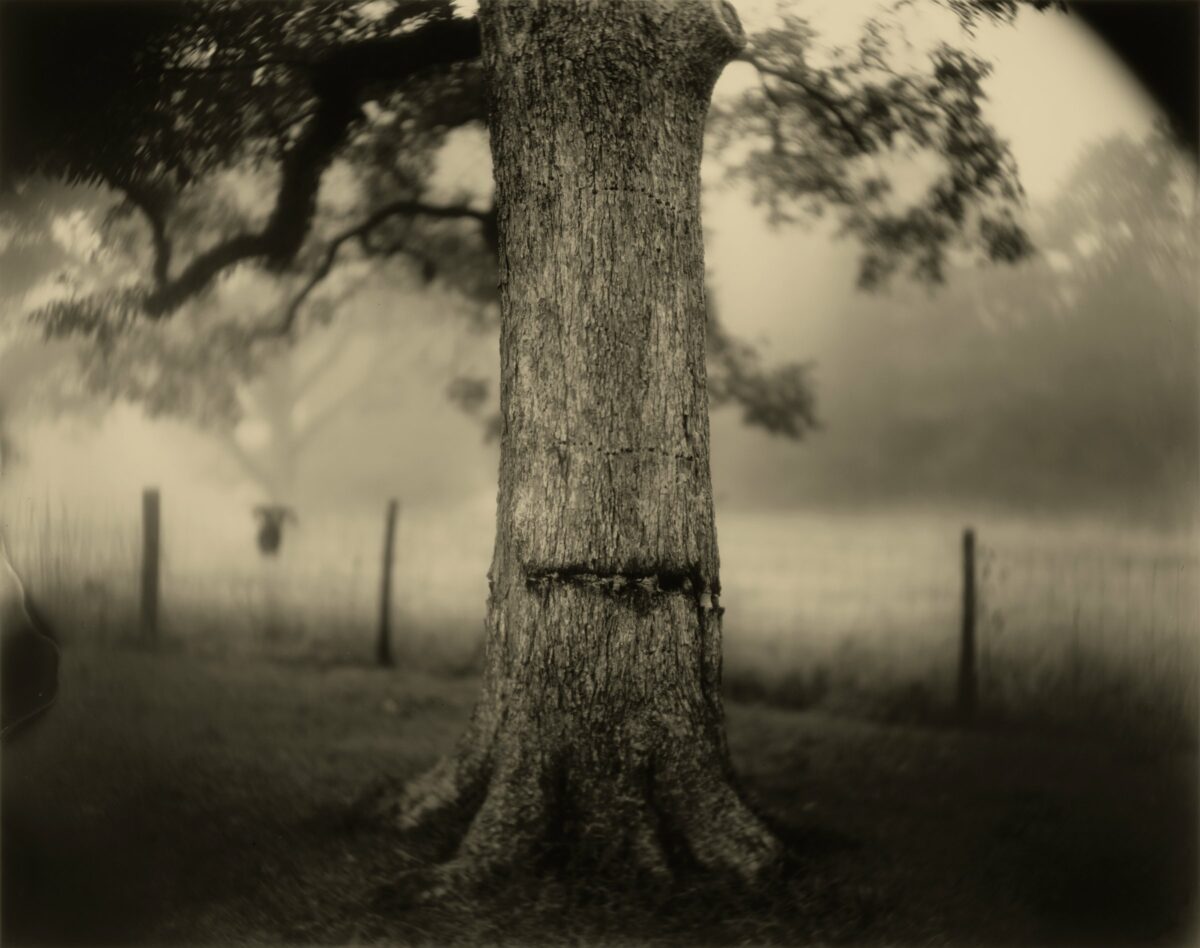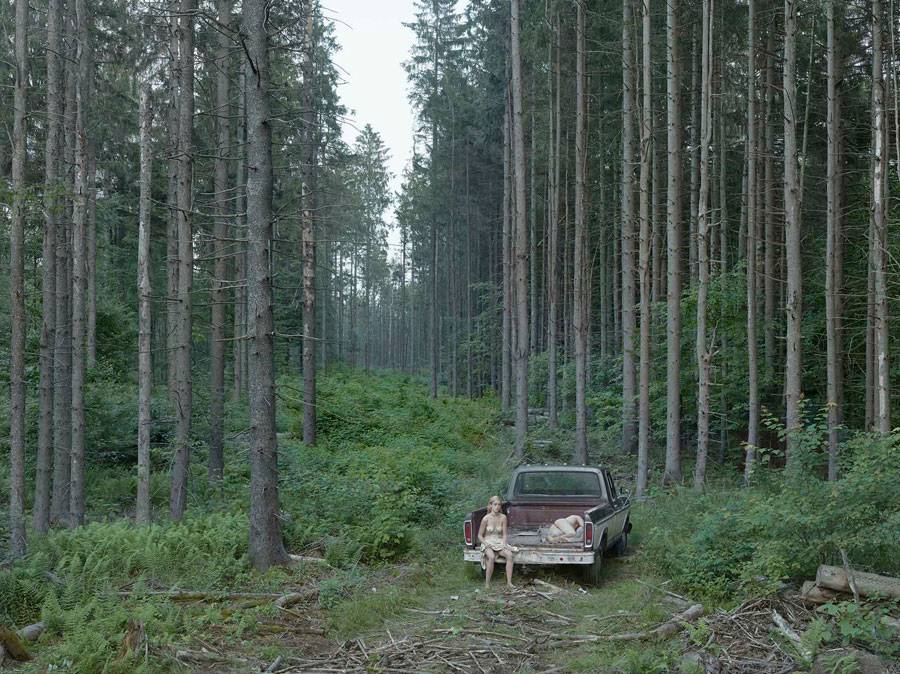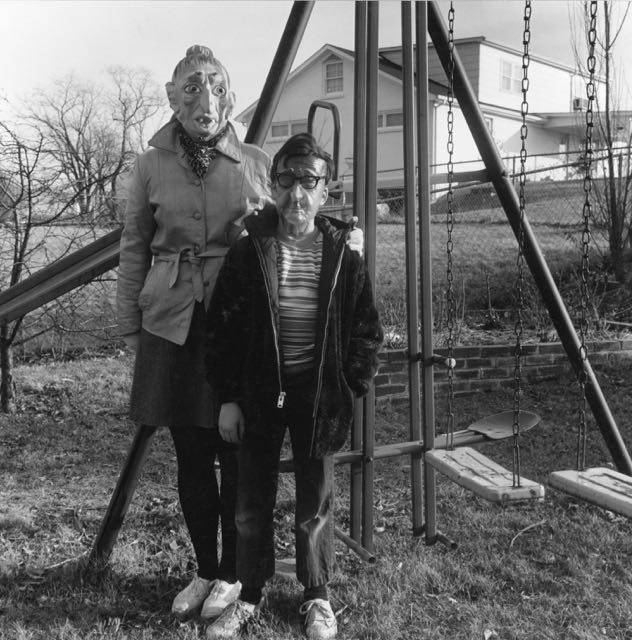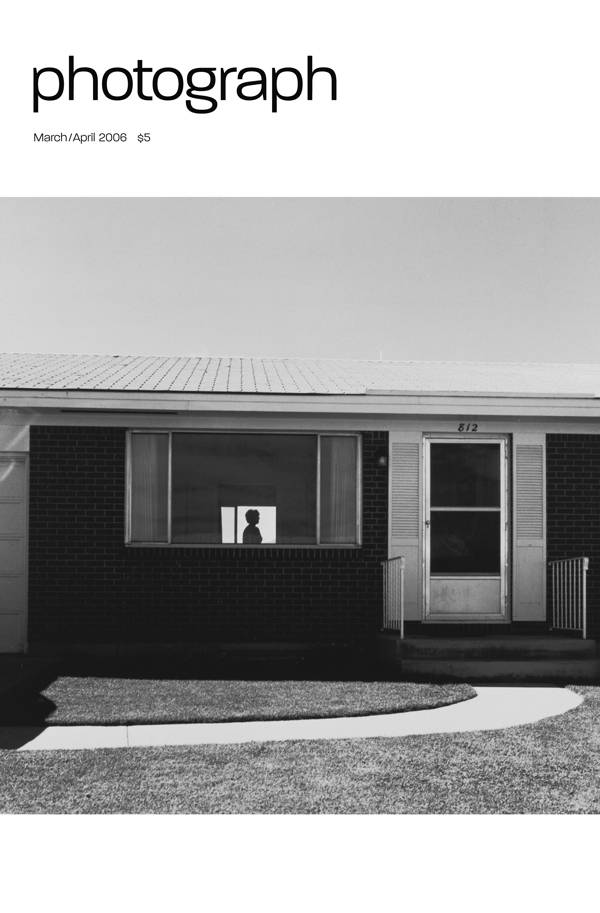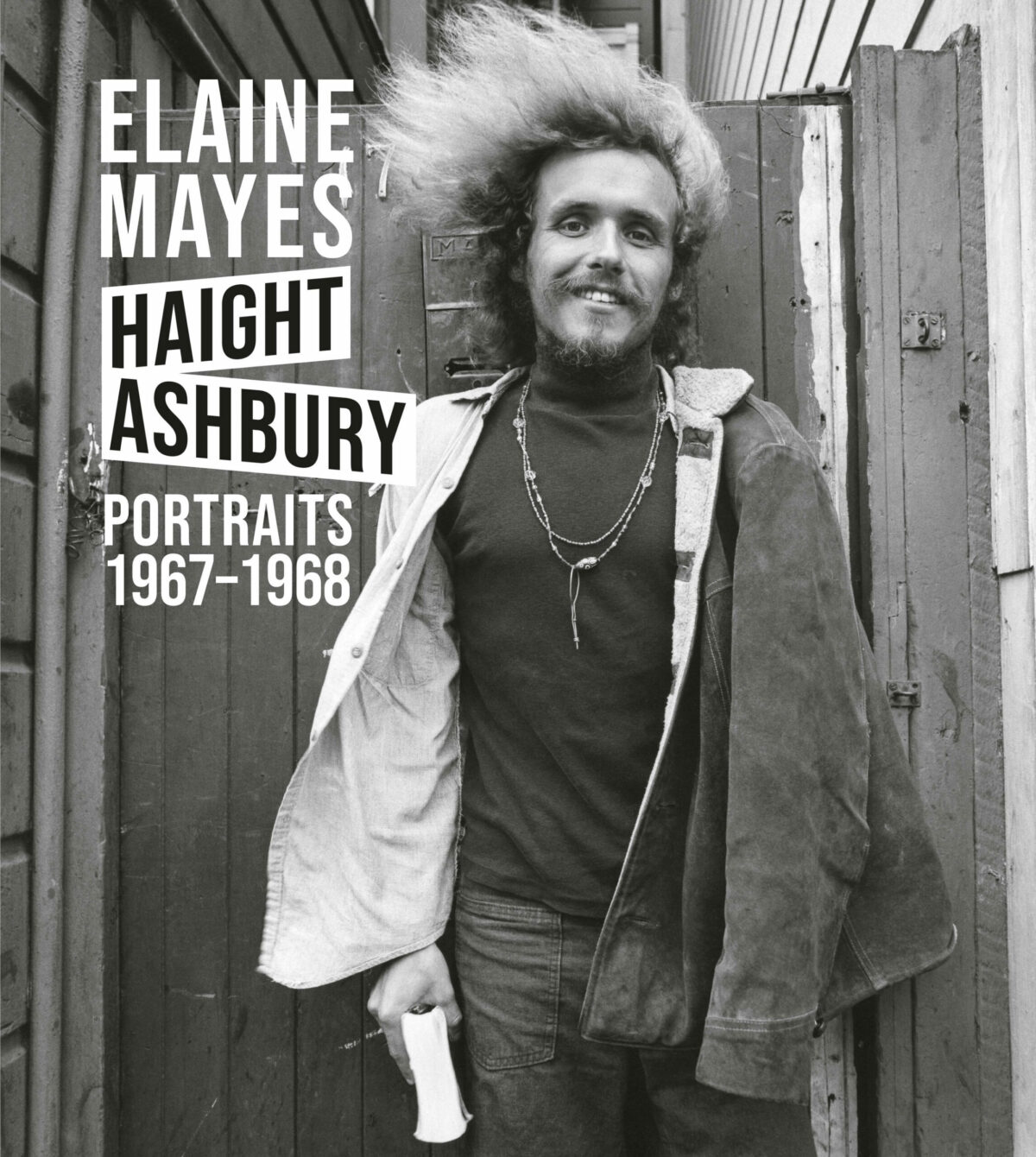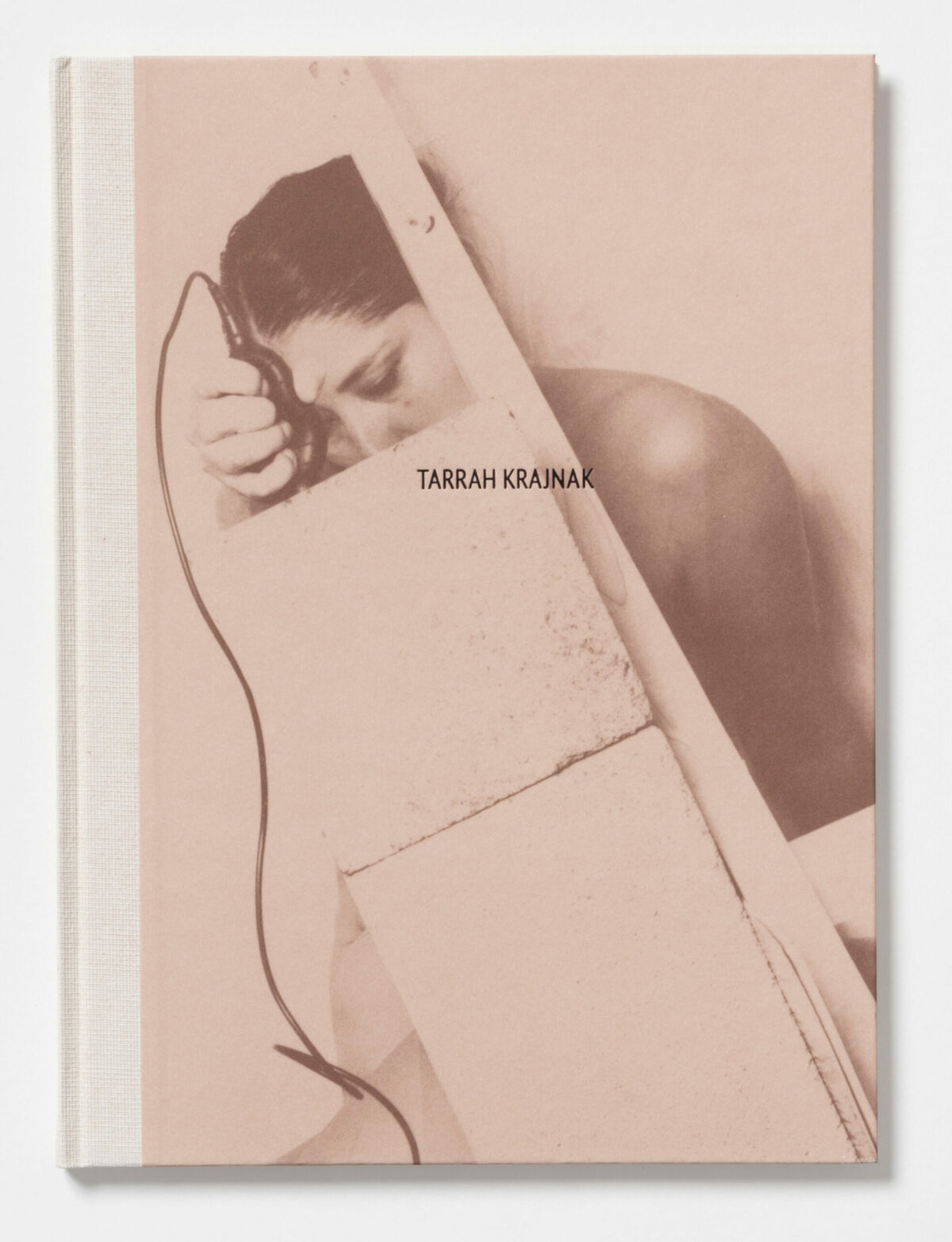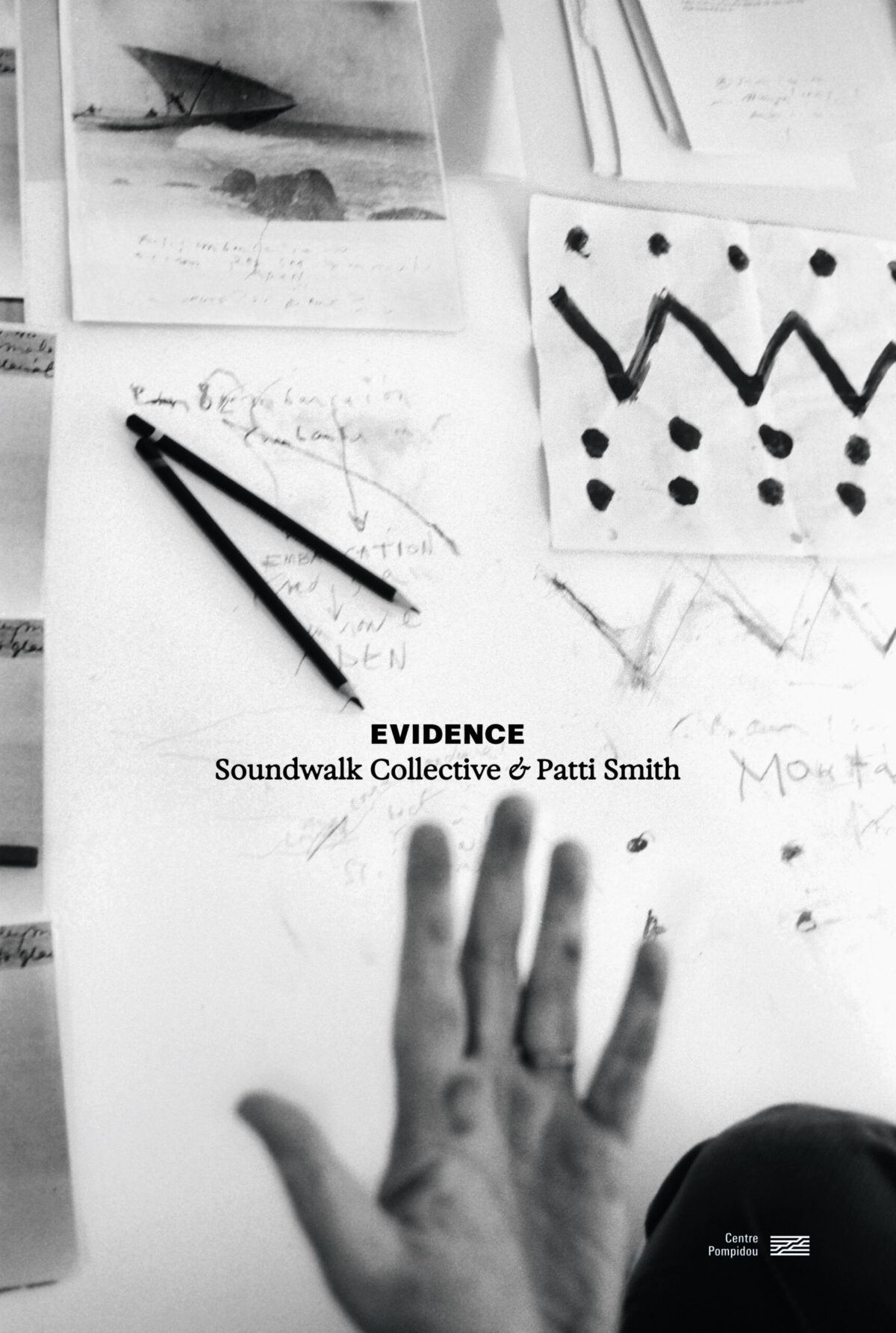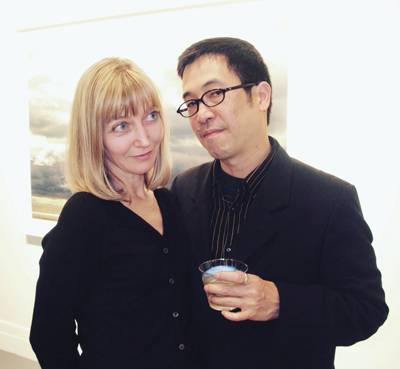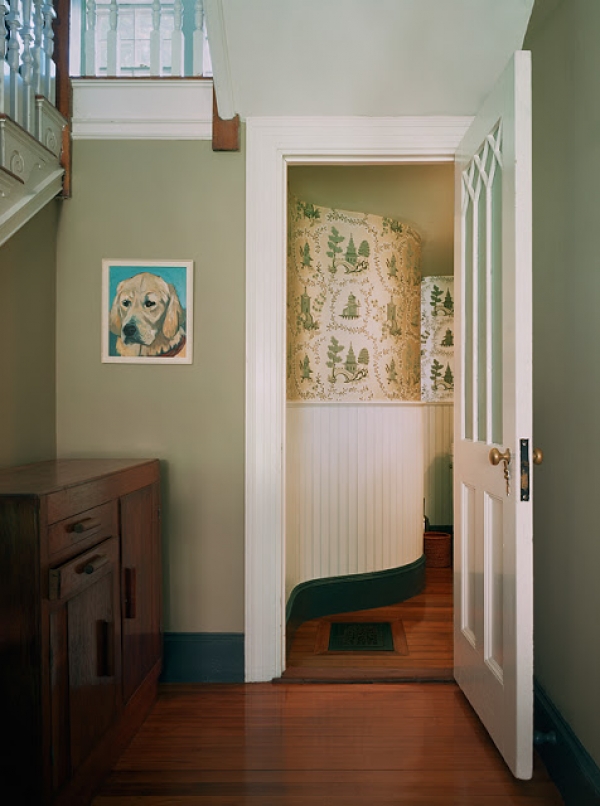

The split between sprawl and city remains a powerful dividing line panned for curatorial gold again and again in galleries and museums aware of the instant associations summoned up with that loaded and powerful term “suburbia.” Atlanta’s Hagedorn Gallery enters into the fray with its own treatise on the world’s oft-vilified planned communities, Suburbia (on view through March 16).
Viewers know, to some extent, exactly what they will see when they amble into a group show titled Suburbia. And this show doesn’t fail to deliver on that unspoken promise. There are Martin Adolfsson’s shots of generic suburban living rooms and bedrooms in planned communities from Moscow to Brazil to South Africa. With their shockingly uniform arrangements of pillows, nightstands and bedroom art or the ubiquitous presence of a television dead center in these suburban living rooms, the expected touchstones of uniformity, sterility and complacent wealth are all present. Just as primitive humans could parse subtle variations in the natural world, modern humans have an equally advanced understanding of the differences between Walmarts and Targets, Costcos and Sam’s Clubs. Jonathan Lewis’s clever pixilated color images of the groaning shelves, colorfully arranged products and fluorescent-lit aisles of big box stores are a familiar visual architecture to residents of the 21st century. Though the consumer experience isn’t unique to suburbia, the assumption of shows such as this one is that the two are inextricable.
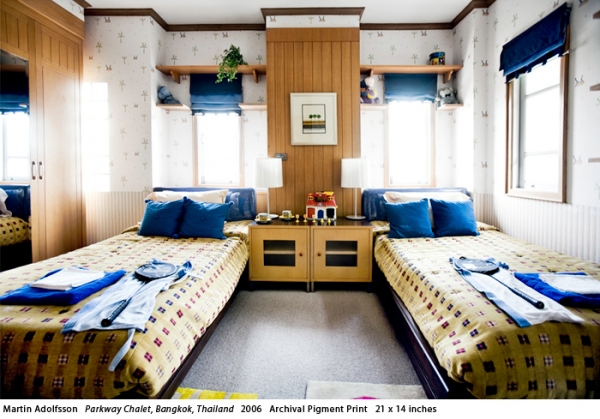

The downstairs gallery at Hagedorn is given over to Sarah Malakoff’s variation on Adolfsson’s theme of depopulated suburban interiors, albeit with a twist. In Malakoff’s images suburbia is far from uniform: the quirky wallpapers, paint colors and design features of her home interiors seem to convey something of the idiosyncratic nature of their unseen occupants, who may or may not be residents of the suburbia in question. Atlanta photographer Christina Price Washington offers the most unexpected studies of suburbia in the show, although also the most oblique. Her extreme close-ups of the fissured bark of a tree seen from multiple vantages Four Sides of the Tree, individual blades of grass in a suburban lawn or the play of light and shadow through a window suggest uniqueness and individuality in the domestic realm even where other photographers have seen lockstep conformity.
Perhaps the most arresting images in Suburbia, are Brian Ulrich’s rephotographed black-and-white images from the 1940s, ‘50s and ‘60s. These reconceptualized vintage photographs of grocery and department stores capture an era when suburbia was more a promise and a hoped-for state rather than the compromised cop-out contemporary viewers assume it to be. Ulrich has often charted big box architecture and consumer culture in his work and in these historic images he essentially records wildfire consumption’s baby steps.
The photographers don’t necessarily cohere as a group, nor do they, en masse, bring some new understanding of suburbia to the fore, though individually they offer moments of enlightenment beyond the constrictive parameters of this themed show.

